Although most people associate February with Valentine’s Day, pet owners have another holiday to celebrate. February is National Pet Dental Health Month, so show your furry pal some extra love by paying special attention to their smile. Pets show their love with wagging tails, cozy cuddles, and slobbery kisses, and it’s likely you have turned your head away at times because of their unpleasant doggy or cat breath. While most pet owners believe bad breath is normal for their pet, it is often the first clue your pet has some form of dental disease. Dental disease is a common problem in pets, and more than 80% of dogs and cats will have dental problems by age of 3. Our Palisades Veterinary Hospital team wants to ensure your pet lives a long and healthy life, and that includes having healthy teeth. Here are some ways to celebrate Pet Dental Health Month.
Schedule your pet’s regular preventive care exams
Regular preventive care visits are the foundation of your pet’s overall health and wellness. Many dogs and cats across the U.S. have not seen a veterinarian in the past year for checkups and preventive health care. This is not a new problem. In 2013, a study by Bayer HealthCare and the American Association of Feline Practitioners found that more than half of U.S. cats had not seen a veterinarian for needed checkups. Preventive care visits allow your veterinarian to establish a regular health history and a fuller picture of your pet’s health, especially as they approach their grey muzzle years. Your veterinarian will perform a nose-to-tail examination, in addition to looking inside your pet’s mouth. Harmful oral tartar is easily visible on your pet’s teeth.
However, more serious infections may be lurking below the gumline. Pets with dental disease have a greater risk of inflammation and other medical issues, because oral bacteria can travel through the bloodstream and cause life-threatening kidney, liver, or heart infections. Therefore, your veterinarian may recommend blood work to evaluate your pet’s organ health, in addition to looking for any systemic infections. Additionally, pets, especially cats, are skilled at hiding signs of illness or discomfort. Talk to your veterinarian about any subtle changes in your pet’s behavior at home, since those may be a clue that they have dental disease. Dental disease can be painful for pets, especially in advanced stages. Bring your pet in for a veterinary examination if they have any of the following signs:
- Bad breath
- Irritability or increased hiding in cats
- Abnormal or difficulty chewing
- Excessive drooling
- Dropping food from the mouth while eating
- Decreased appetite
- Refusal or reluctance to take hard treats
- Swollen or red gums
- Swelling around the mouth
- Nasal discharge
- Bleeding from the mouth
- Blood on chew toys
- Pain when touching the mouth or face
Start a home dental care routine for your pet
Caring for your pet’s teeth should be a team effort with your family veterinarian. Home dental care is vital to prevent dental disease progression between regular veterinary visits and professional dental cleanings. Twice daily toothbrushing is the gold standard to ensure your pet’s smile is sparkling, as it is for people. However, we understand it can be challenging to do this for your pet every day. According to the National Pet Dental Health Association, brushing your pet’s teeth at least three times a week is beneficial. Consistency is key, and a routine that is realistic and manageable is best. Guidelines for brushing your pet’s teeth include:
- Always use a pet-safe toothpaste approved by the Veterinary Oral Health Council (VOHC).
- Initially offer your pet their toothpaste on your finger as a treat to get them used to the taste and texture.
- Use a pet-specific toothbrush, since a human toothbrush won’t fit well in your pet’s mouth.
While patience is vital when establishing a home dental care routine, never force your pet to accept toothbrushing. If your pet is resistant, consider VOHC-approved dental chews, treats, or rinses to improve your pet’s oral health.
Don’t skip your pet’s professional dental cleaning
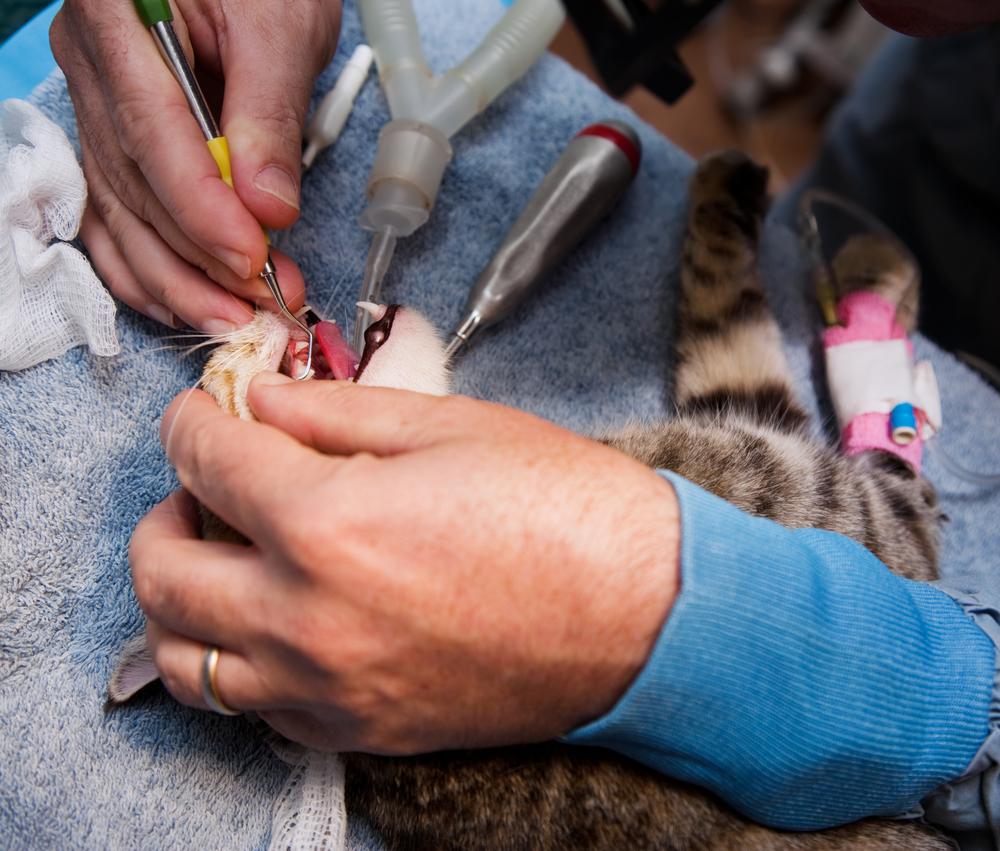
During your pet’s preventive care exams, your veterinarian may recommend a professional dental cleaning. Three out of every four pets will develop periodontal disease, which can be painful and lead to serious infections or damage your pet’s jawbone. Professional dental cleanings are performed while your pet is under general anesthesia to ensure a safe, stress-free, and pain-free procedure.
Many pet owners may be reluctant to schedule a general anesthesia procedure. Rest assured that our experienced veterinary team takes extra steps to ensure your pet will be safe, with specialized equipment that monitors your pet’s heart rate, blood pressure, oxygen levels, and body temperature. Professional dental cleanings also include:
- Specialized warming pads and blankets to maintain body temperature
- Intravenous fluids to support organs and blood pressure during the procedure
- Pain medication
- Dental X-rays to examine teeth below the gumline and jawbone structures
- Cleaning and scaling with specialized tools
- Polishing with a fluoride-infused polish to prevent plaque buildup
- Gentle probing around each tooth to look for pockets of infection
- Removal of loose or damaged teeth
Our Palisades Veterinary Hospital team recommends regular preventive care exams and a home dental care routine for your pet to ensure they remain healthy and by your side for as long as possible. Call our office if you have any questions about your pet’s dental health, or to schedule a dental health preventive care examination.

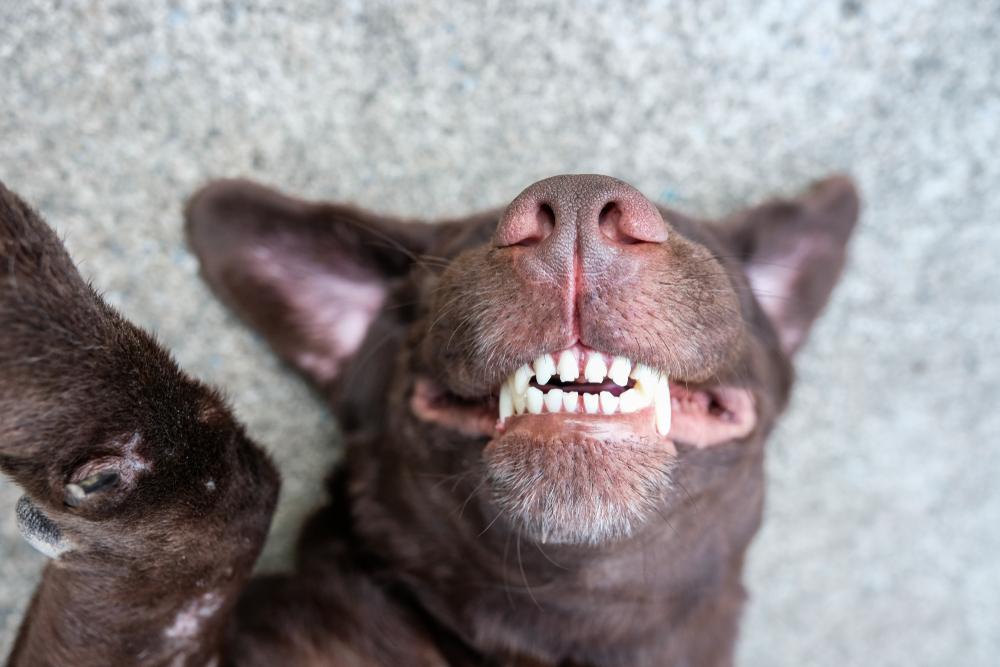
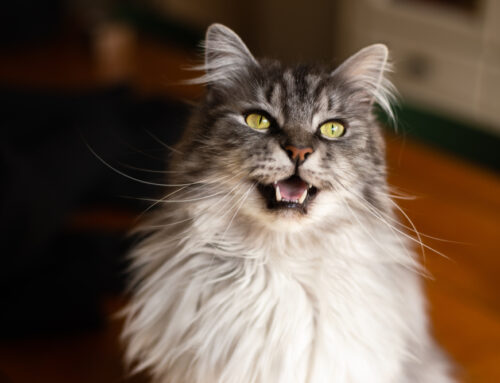

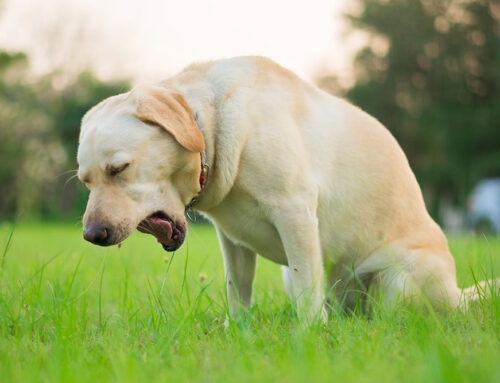
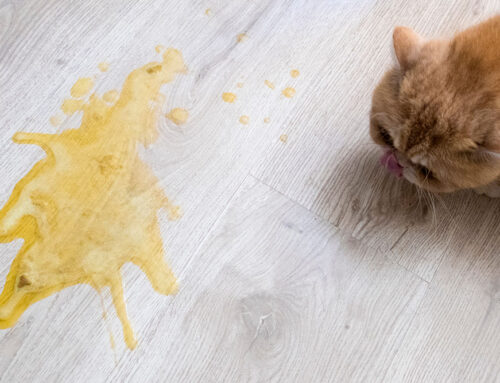


Leave A Comment